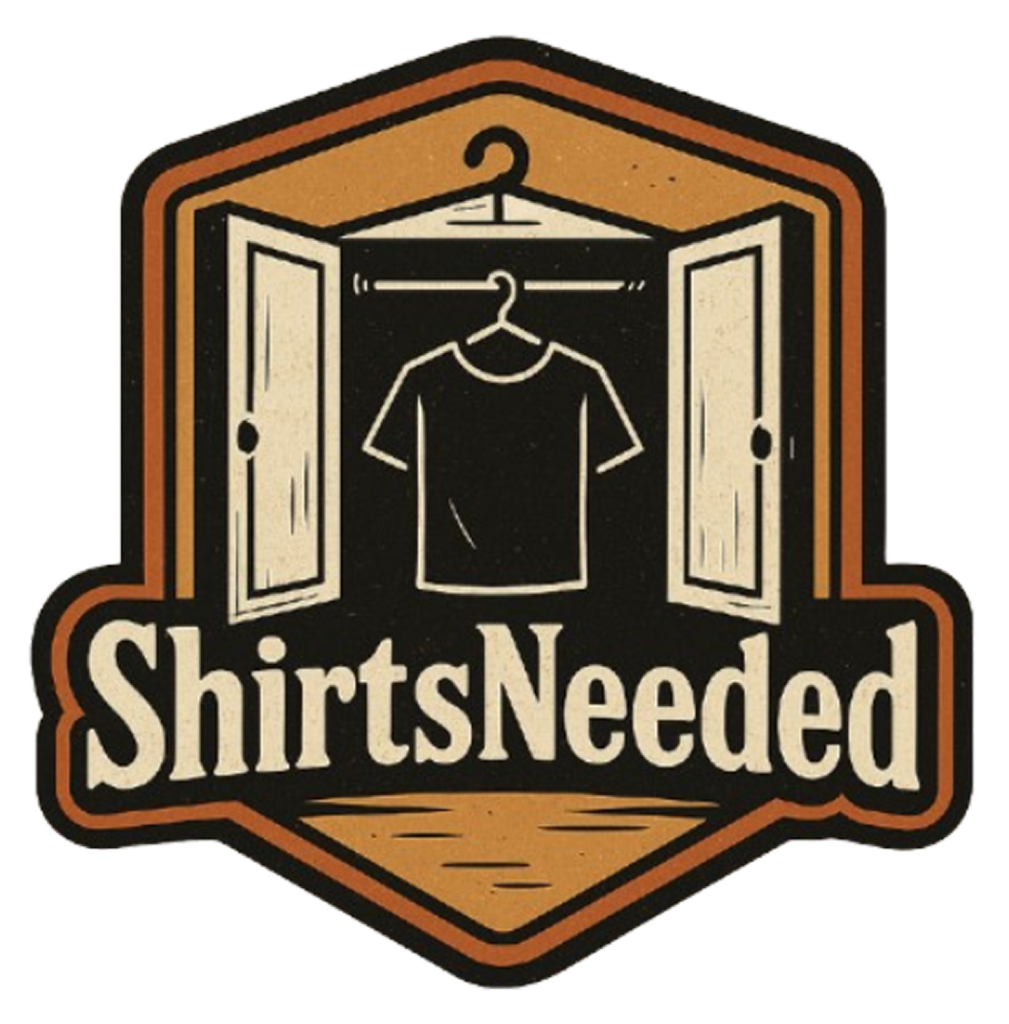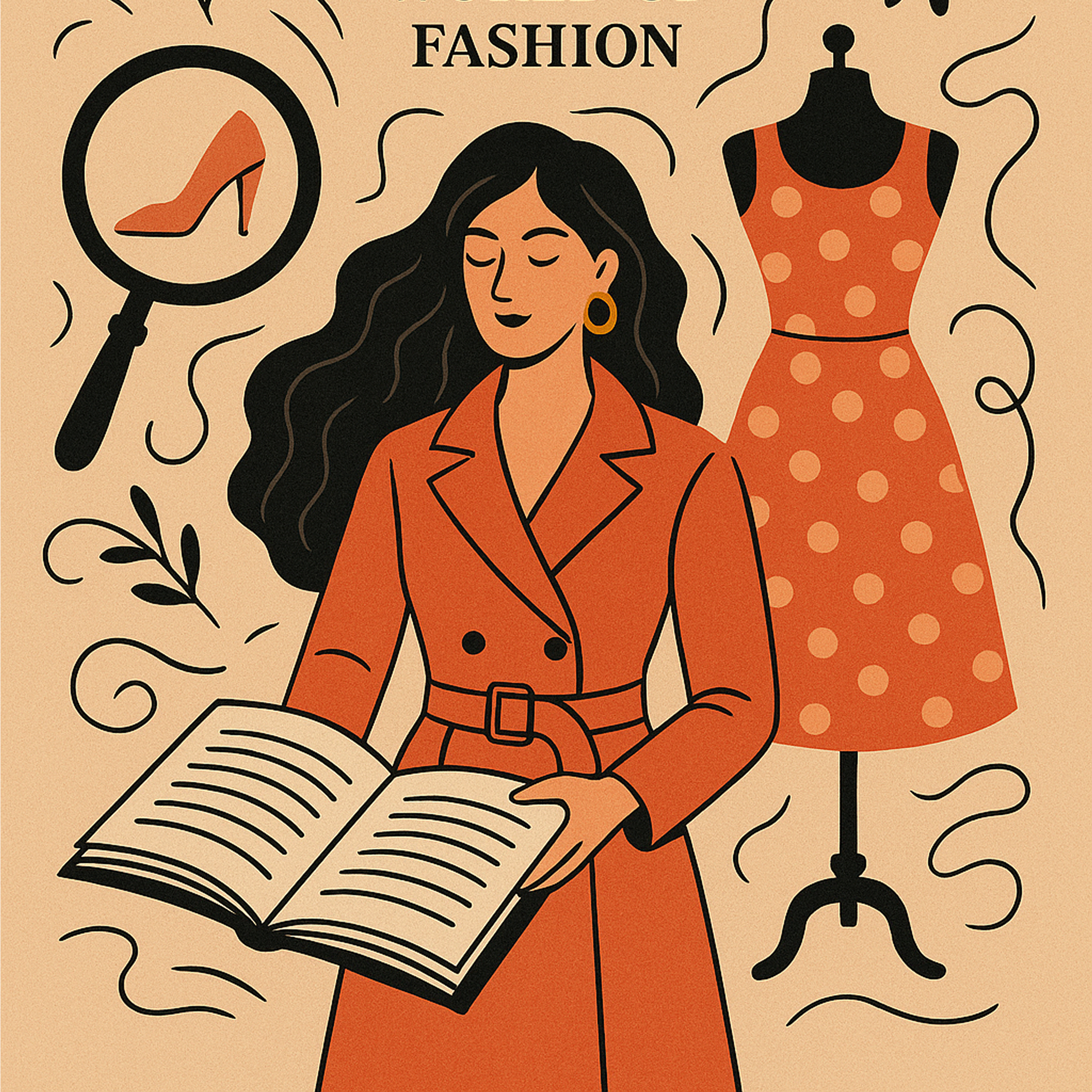Fashion, by its very nature, is in constant flux. Trends emerge, evolve, and often fade away, only to potentially resurface decades later with a contemporary twist. Navigating this ever-evolving landscape can feel like a daunting task, but understanding the underlying forces that drive trends and developing a personal sense of style can empower individuals to engage with fashion in a meaningful and authentic way.
At its most basic, a fashion trend represents a widespread adoption of a particular style, garment, silhouette, color, or accessory at a specific point in time. These trends can be influenced by a myriad of factors, ranging from cultural shifts and technological advancements to celebrity endorsements and artistic movements. Understanding these influences provides valuable insight into why certain styles gain popularity and how they reflect the broader social and cultural context.
One of the most significant drivers of fashion trends is cultural change. Major historical events, social movements, and evolving societal values often find expression in the way people dress. For example, the flapper dresses of the Roaring Twenties reflected the newfound freedom and independence of women after World War I. Similarly, the rebellious punk rock aesthetic of the 1970s emerged as a reaction against mainstream culture. Today, the growing emphasis on sustainability and inclusivity is shaping trends towards eco-friendly materials, gender-neutral clothing, and body positivity.
Technological advancements also play a crucial role in shaping fashion trends. The invention of new textiles, such as nylon and spandex, revolutionized the types of garments that could be created. The rise of e-commerce and social media has democratized access to fashion information and accelerated the spread of trends globally. Influencers and online platforms have become powerful forces in shaping consumer preferences and driving viral fashion moments. The emergence of virtual fashion and NFTs (non-fungible tokens) even suggests a future where digital garments play a significant role in self-expression.
The fashion industry itself is a major engine of trend creation. Designers and fashion houses present their collections each season, showcasing new silhouettes, colors, and materials that often set the tone for the trends that will follow. Fashion magazines, journalists, and stylists act as gatekeepers and interpreters, highlighting key looks and providing guidance to consumers. However, the traditional top-down model of trend dissemination is increasingly being challenged by the bottom-up influence of street style and social media.
Celebrities and public figures have long been trendsetters, with their sartorial choices often capturing public attention and inspiring widespread adoption. From Hollywood icons of the Golden Age to contemporary musicians and actors, their influence on what people want to wear is undeniable. Red carpet appearances, music videos, and even everyday paparazzi shots can catapult a particular garment or accessory into the mainstream.
Artistic movements and cultural aesthetics also contribute to the cyclical nature of fashion trends. Inspiration can be drawn from various art forms, historical periods, and global cultures. The resurgence of vintage styles, for instance, reflects a nostalgic appreciation for past aesthetics and a desire for unique and individualistic expression. Designers often reinterpret historical silhouettes or incorporate elements from different cultures into their collections, creating new trends that blend the old and the new.
Navigating the ever-evolving world of fashion doesn’t necessarily mean blindly following every fleeting trend. Developing a strong personal style is key to feeling confident and comfortable in what you wear. This involves understanding your own preferences, body type, and lifestyle, and choosing clothes that reflect your individuality rather than simply adhering to the latest fads.
While trends can be a source of inspiration and a way to experiment with new looks, it’s important to cultivate a discerning eye and invest in pieces that resonate with your personal aesthetic and have lasting appeal. Building a versatile wardrobe of well-made basics and incorporating trend-driven pieces selectively can be a more sustainable and fulfilling approach to fashion.
Ultimately, understanding the forces that drive fashion trends can provide a valuable framework for engaging with the industry in a more informed and conscious way. By recognizing the cultural, technological, and artistic influences at play, individuals can better appreciate the cyclical nature of fashion and develop a personal style that transcends fleeting trends. Fashion, at its best, is a form of self-expression and a reflection of the times we live in. By decoding the trends, we can gain a deeper understanding of both ourselves and the world around us.

